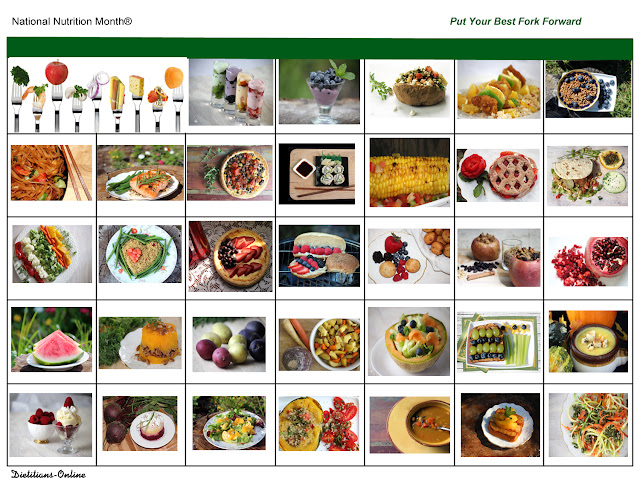World Diabetes Day was created in 1991 by the International Diabetes Federation and the World Health Organization. World Diabetes Day became an official United Nations Day in 2007. The campaign draws attention to the issues of importance to the diabetes world and keeps diabetes in the public spotlight.
World Diabetes Day (WDD) is celebrated every year on November 14th. The World Diabetes Day campaign is led by the International Diabetes Federation (IDF) and its association members. It joins millions of people worldwide in diabetes advocacy and awareness.
The theme for World Diabetes Day 2021-23 is Access to
Diabetes Care. The emphasis for 2022 is “Education to Protect Tomorrow.”
Millions of people with diabetes worldwide do not have access to diabetes care.
People with diabetes require ongoing care and support to
manage their condition and avoid complications.
Medicine, technologies, support, and care are to be made available to all people with diabetes that require them.
Governments to increase investment in diabetes care and
prevention.
The centenary of the discovery of insulin presents a unique
opportunity to bring about meaningful change for the more than 530 million
people living with diabetes and the millions more at risk.
EDUCATION TO PROTECT TOMORROW
Halting the rise in diabetes is possible and goes hand in hand with implementing strategies such as:
Prevention of diabetes and its risk factors, especially overweight/obesity and insufficient physical activity.
Screening for diabetes in the general population and closely monitoring the population at risk.
Improving the diagnostic capacity of health services for diabetes.
Continuous monitoring of people living with diabetes.
The capacity for referral and care at the secondary health care level.
Access to quality diabetes education guarantees adequate training for the healthcare team, people living with diabetes, their immediate environment, their caregivers, and society in general.
Access to essential diabetes medicines and technologies, including insulin.
Information systems for data collection for monitoring and surveillance of diabetes.
The change caused by the COVID-19 pandemic makes it essential to integrate evidence-based digital solutions, such as telemedicine and educational and monitoring applications in diabetes health care.
Diabetes care should be part of preparedness and response to health emergencies. People living with diabetes must be guaranteed the uninterrupted availability of their medicines in situations of this type.
Diabetes currently affects one in ten people worldwide. Understanding the condition is the first step towards managing and preventing it. In conjunction with the World Diabetes Day 2022 focus on access to diabetes education, the IDF School of Diabetes has developed a new online education platform to help people with diabetes and those who care for them to make informed decisions about their condition.
Contact Family Nutrition Center to schedule an appointment with our Registered Dietitians. Let us help you meet your health and nutrition goals.




































